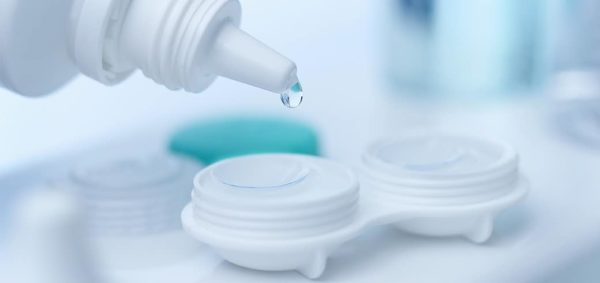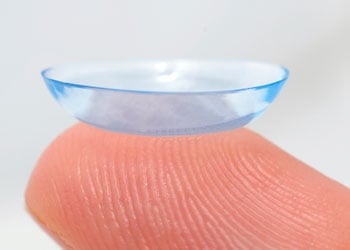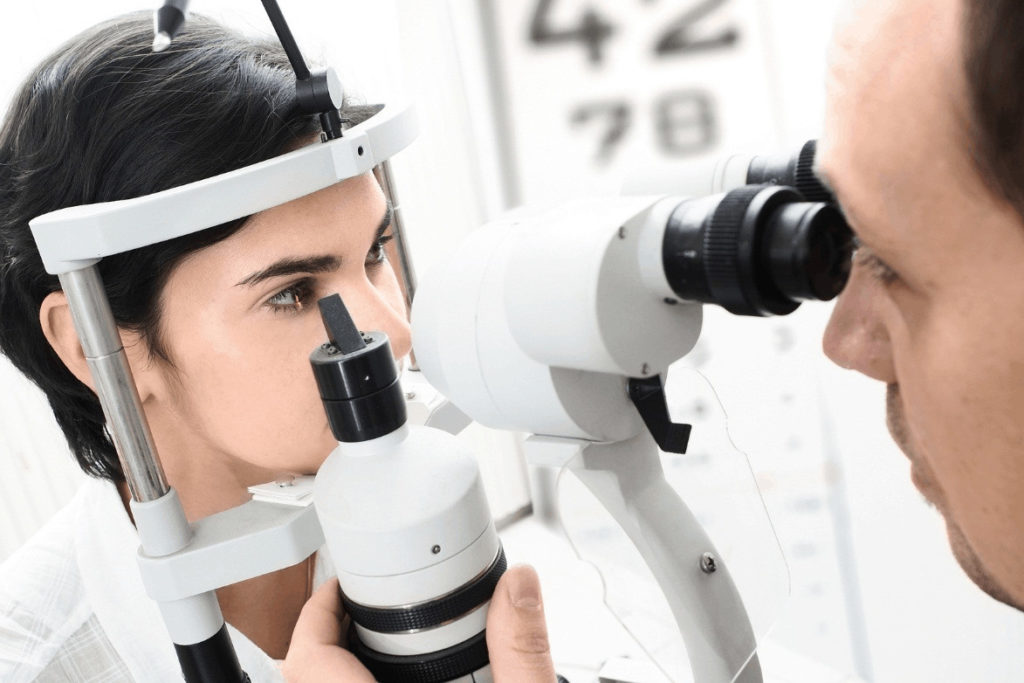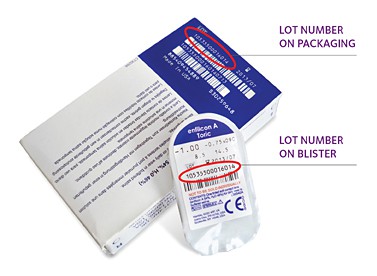© 2024 Contactsforless.ca All rights reserved.
Contactsforless.ca is an official distributer for Acuvue, Alcon, Bausch & Lomb, and Coopervision.
33% Off Holiday Sale | Use Coupon GIFT33
If your lens is torn out of the box then it is most likely defective. Here are some tips on how to avoid contacts tearing:

Warning: Don’t wear a ripped or defective contact lens. Even if it’s just a tiny chip at the edge, and you really, really need contacts. A torn edge can scratch your cornea.
To remove a torn contact lens:

If your lens is torn out of the box then it is most likely defective. Here are some tips on how to avoid contacts tearing:
Ill-Fitting Lens
Is the contact lens the wrong size or shape for your eye? Your eye measurements are unique to you and it is your optometrist’s responsibility to help you find the best-fitting contact lenses for you.
Allergies/ Irritants
Dry Eyes
If your eyes tend to be dry, it can be uncomfortable when wearing contact lenses. If you report this to your optometrist, you can ask to try lenses designed specifically to reduce dry eye discomfort, such as Dailies, Proclear, Bausch & Lomb Ultra, etc.
Outdated/ Wrong Type of Prescription


Eyeglasses prescriptions cannot be used for contact lenses. Briefly, a contact lens fitting is where your optometrist gives you the precise prescription for contacts and gives you trial lenses to see if they suit your eyes.
Getting a contact lens fitting from your optometrist will not only assure you of using comfortable lenses in the right power and fit for your eyes, it will also save you money in the long run. It costs less to get a fitting and try multiple free trial lenses than to buy whole boxes of contact lenses yourself and and find that they don’t fit. (We accept returns only if the box is unopened, as per our return policy.)
Here is a video from our CEO explaining why you need a contact lens fitting before shopping online:
A common mistake people make is guessing at which product they should use and then using their eyeglass prescription to pick the parameters of their contact lenses.

Once we receive the information, we file your report with the manufacturer and review with them our options for assisting you. As each customer and his/ her difficulty with the lens is unique, each report is dealt with on a case-by-case basis. We will then reach out to you with updates accordingly.
Please be assured that we do take these reports quite seriously and we always do the best we can for you (our loyal customers are our most valued resource!).
*Depending on the manufacturer for your lenses, we may need to request your optometrist’s contact information. This is because it is standard operating procedure for some manufacturers to check the prescription with the optometrist in question before proceeding with the next step.
Thank you for reading through! We appreciate your time spent learning how to check if your contact lenses are defective, how to prevent possible issues with your contacts, and keep your eyes safe.
Sources:
Bausch & Lomb on contact lens discomfort: http://www.bausch.com/your-eye-concerns/eye-infections-irritations/contact-lens-discomfort
CooperVision on avoiding ripping contact lenses: https://coopervision.com/blog/how-avoid-ripping-contacts
√ Save More By Getting Special Offers
√ Receive Order Reminders With Special Codes
√ Receive $1,000 Contest Updates
√ Get Important Product Updates
We never share your data with anyone, ever!

Thank you to all of our online contact lens customers in Canada. When you buy contacts with us, you are helping us help the world. THANK YOU!
Contactsforless.ca is an official distributer for Acuvue, Alcon, Bausch & Lomb, and Coopervision.